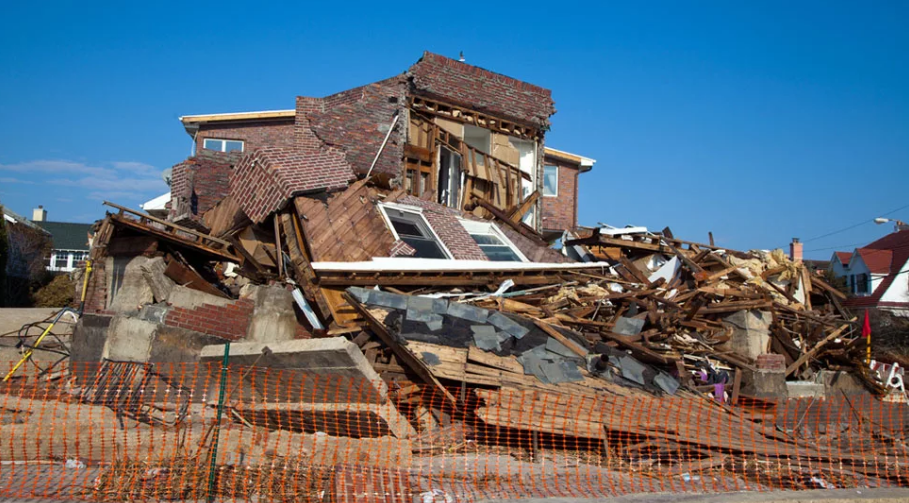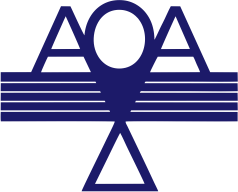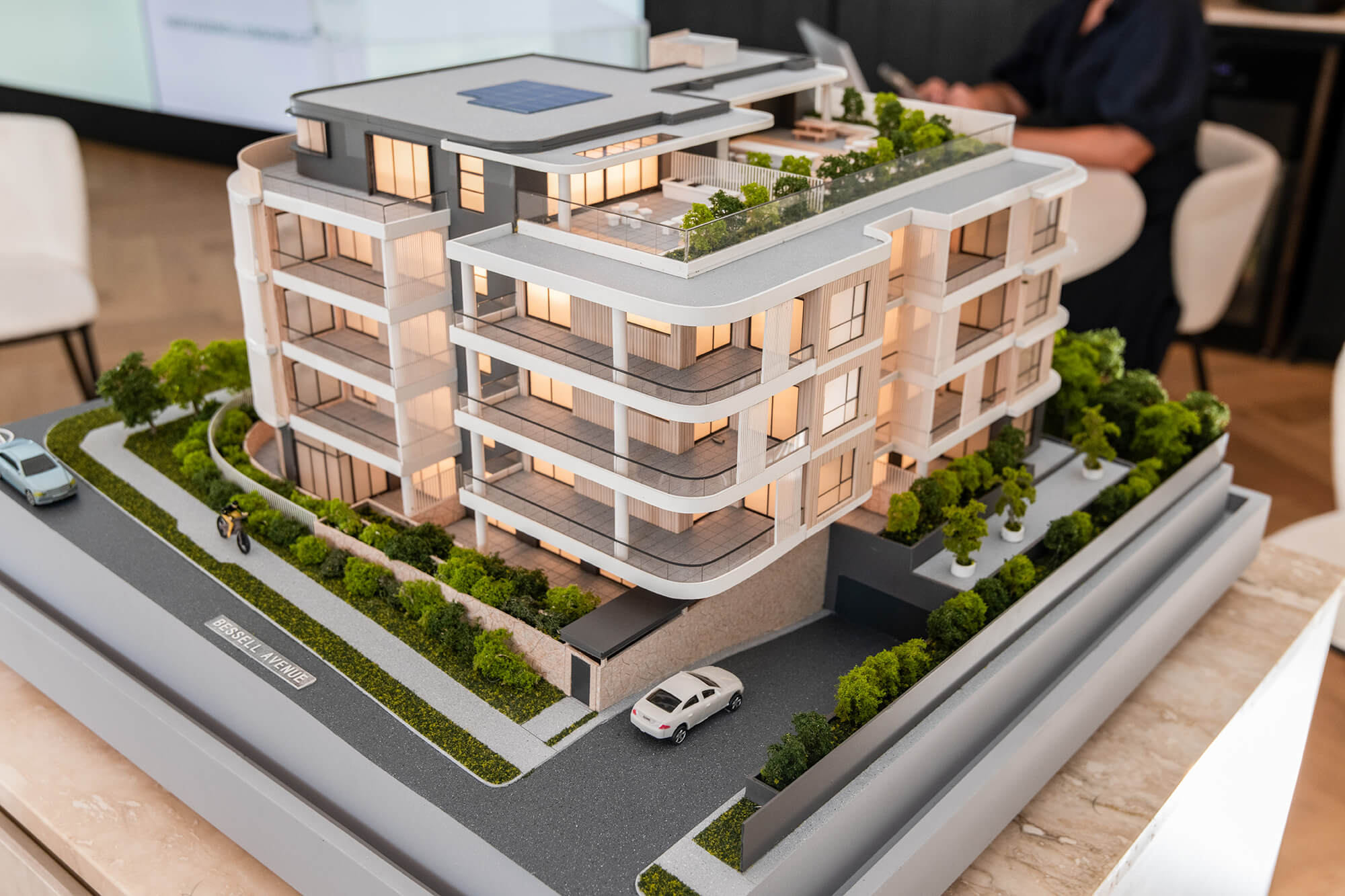Structure designs form the backbone of any construction project, whether it’s a residential building, commercial complex, or infrastructural development. Ensuring a safe, and efficient design is critical not only for the longevity of the structure but also for the safety of its occupants. However, even experienced engineers and architects can fall prey to common mistakes in structure designs that lead to costly repairs, structural failures, or legal complications.
In this article, we’ll explore the most frequent errors in structure designs and provide practical strategies to avoid them. Understanding these pitfalls can save time, money, and ensure the safety and sustainability of your project.
1. Inadequate Site Investigation and Soil Analysis
One of the most overlooked mistakes in structure designs is insufficient site investigation and geotechnical analysis. The soil properties directly influence the foundation design, load-bearing capacity, and overall stability of the structure.
For example, designing a foundation without understanding soil type, bearing capacity, and potential settlement risks can cause uneven settling, cracks, or even catastrophic failures.
How to avoid: Always conduct a comprehensive geotechnical survey before beginning design. Engage qualified professionals to analyze soil samples, groundwater conditions, and other environmental factors.
2. Neglecting Load Considerations
Every structure must account for various types of loads – dead loads, live loads, wind loads, seismic forces, and sometimes snow loads depending on geographic location. Ignoring or underestimating these can cause under-designed elements prone to failure.
For instance, seismic design requirements are critical in earthquake-prone areas but are sometimes overlooked in regions with infrequent quakes, leading to devastating consequences.
How to avoid: Follow local building codes and standards rigorously. Use structural analysis software to simulate load impacts, and always include safety factors in calculations.
3. Overlooking Structural Redundancy
Structural redundancy means designing multiple load paths so that if one element fails, the structure remains stable. A lack of redundancy can lead to progressive collapse, where failure in one part cascades through the entire structure.
This is a subtle but critical mistake often missed during early design phases.
How to avoid: Incorporate redundancy into your design by ensuring alternative load paths and fail-safes.
4. Poor Material Selection and Specification

Using inappropriate or substandard materials can weaken the structural integrity. For example, using low-quality concrete, incorrect steel grades, or not accounting for material durability under environmental conditions can lead to premature deterioration.
How to avoid: Select materials based on design requirements and environmental exposure. Always specify material standards clearly in project documents.
5. Inadequate Detailing of Structural Elements
Details such as reinforcement placement, connection design, and joint detailing are crucial. Poor detailing can cause stress concentrations, cracking, or failure under load.
For example, improper anchorage length of rebars or weak welds can undermine the whole structure’s strength.
How to avoid: Follow best practices and codes for detailing. Use 3D modeling tools like SketchUp to visualize and verify details. Peer review by experienced structural engineers can also catch errors early.
6. Failure to Consider Environmental and Sustainability Factors
Modern structure designs must consider sustainability, durability, and environmental impact. Neglecting these can cause issues like corrosion, thermal expansion problems, or excessive maintenance costs.
How to avoid: Use corrosion-resistant materials in coastal areas, incorporate thermal expansion joints, and consider green building practices.
7. Insufficient Collaboration Between Disciplines
Structural design is a multidisciplinary effort involving architects, geotechnical engineers, contractors, and sometimes environmental consultants. Poor communication and coordination often lead to conflicting designs, overlooked constraints, or missed details.
How to avoid: Foster collaboration through integrated project delivery (IPD) methods, BIM (Building Information Modeling), and regular coordination meetings. Early stakeholder involvement can catch issues before they become costly mistakes.
Avoiding these common mistakes in structure designs requires diligence, knowledge, and collaboration. Proper site investigation, accurate load assessments, redundancy, quality materials, detailed design, environmental considerations, and interdisciplinary teamwork are key pillars of successful projects.
Contact AOA Geo-Net for help with projects requiring expert geotechnical engineering input to ensure safe and effective foundation and soil interaction designs.

